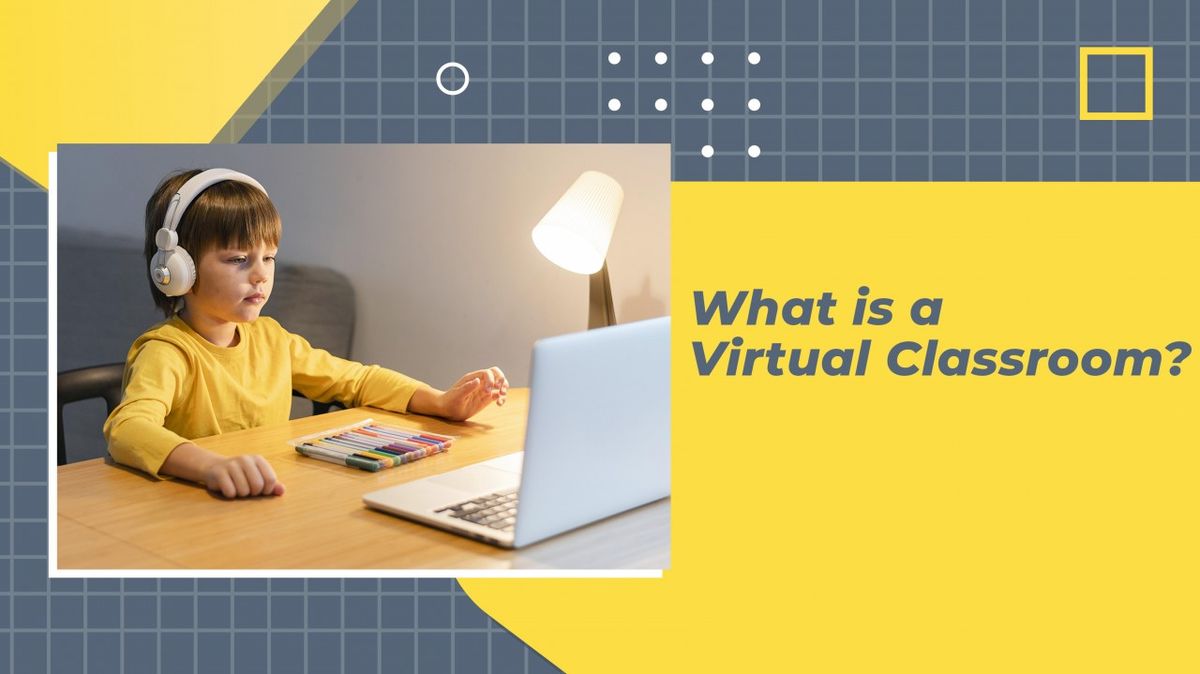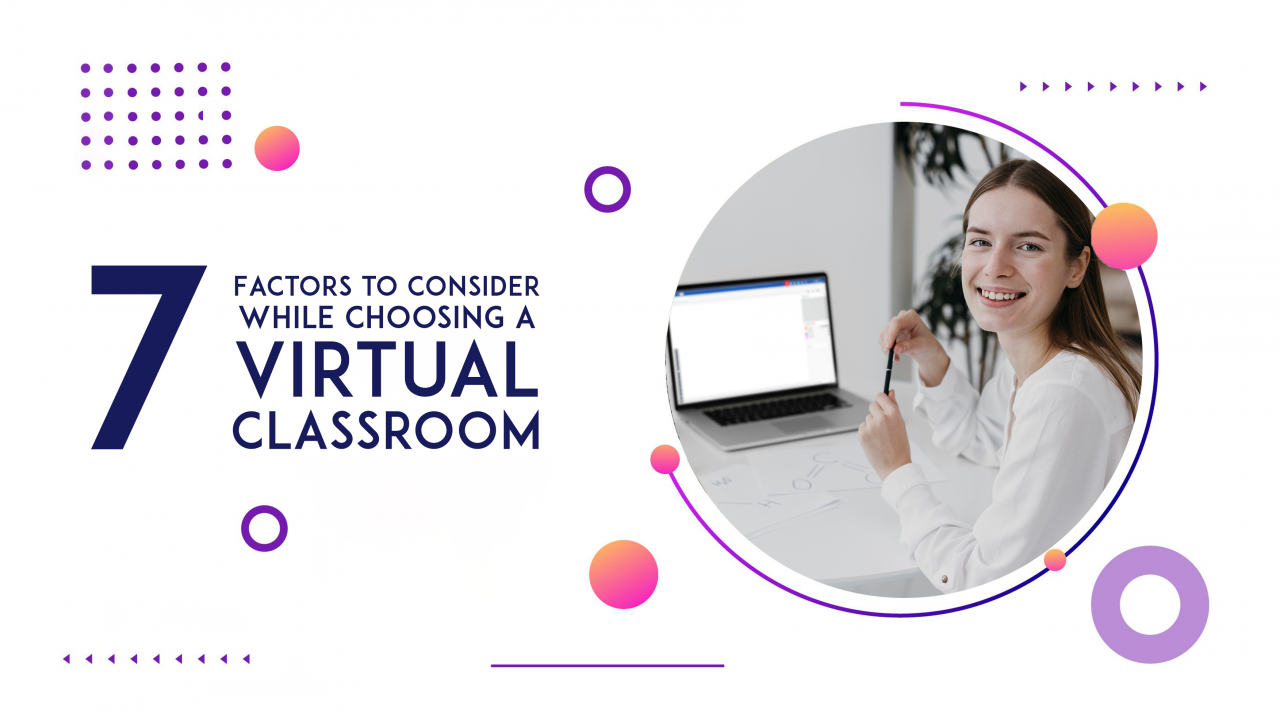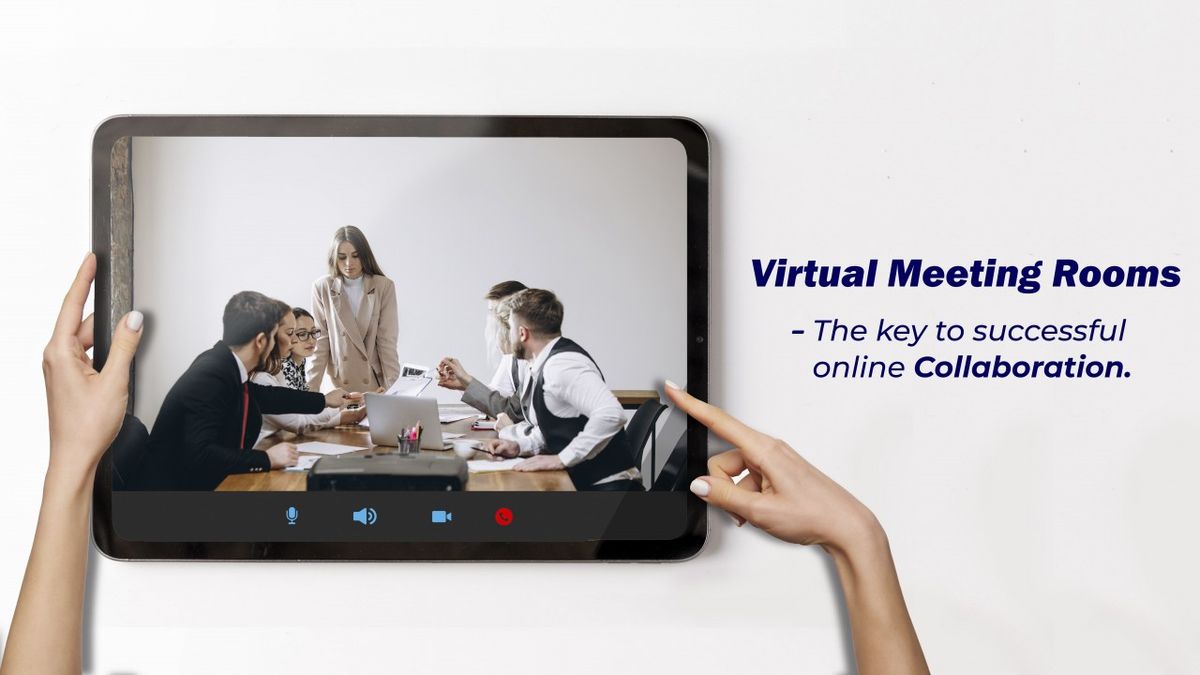Giving a one-line definition for virtual classroom platforms can get tricky. Even for someone working in the online teaching industry or someone using virtual classrooms every day.
While you could choose to define virtual classrooms as a virtual replica of a traditional classroom, we suggest you not to do it. We believe that virtual classroom platforms are all-encompassing and that labeling it as a virtual replica of a traditional classroom doesn't serve the justice it deserves.
Which is why we have decided to pen down this article to give you a detailed explanation on virtual classrooms, its definition, features & significance.
Let's get going!
What is a virtual classroom?
A virtual classroom, as the name suggests is a virtual learning environment where learners get to interact with their tutors online.
Contrary to popular belief, not every virtual classroom environment is supervised (synchronous). Instead, virtual classroom environments can also be unsupervised (asynchronous) where the learners get to refer and go through the course contents at their own pace without any restrictions.
While the learning environment in a virtual classroom platform is often powered by web-conferencing, there are dedicated virtual classroom platforms specifically designed for teaching & learning. These dedicated virtual classroom platforms come integrated with features that offers a collaborative learning environment.
What are the features of a virtual classroom?
Though a virtual learning environment has its roots in web conferencing, the platforms that are used in a virtual learning environment are modified to better adhere to the teaching-learning process.
Here are some of the prominent features of a virtual classroom.

1. Video Conferencing
A virtual classroom environment isn't just a webinar where the learners are passive listeners while the instructor speaks. Instead, it is a dynamic environment where all the attendees get to interact with each other creating a collaborative learning environment synonymous to the one in a physical classroom.
This is where having a dedicated virtual classroom platform can be advantageous. For instance, a dedicated virtual classroom platform lets all the attendees & tutors connect their webcams and microphones in tandem. This helps the instructors have a cue get a visual cue on how the learners are following the lessons while allowing learners to interact among themselves.
Virtual classroom platforms like the one offered by BrainCert use state-of-the-art webRTC technology for the transmission of audio and video content allowing real-time audio/video transmission with the lowest latency, high availability, and stable connectivity.
2. Integrated digital whiteboard
Much like a blackboard in a traditional classroom, virtual classroom platforms come with an integrated digital whiteboard that plays a crucial role in the virtual classroom environment. These interactive whiteboards allow instructors to sketch down ideas/concepts for the learners to have a better understanding like in a traditional classroom.
The whiteboard like the one in BrainCert virtual classroom also allows contents in the video, image, & doc format to be embedded helping instructors better convey a concept.
3. Cross-device compatibility
The primary advantage of a virtual learning environment is the flexibility it offers due to its cross-device compatibility. All that instructors & learners need is stable internet connectivity.
4. Cloud Recording
Cloud recording is a much-needed feature in virtual classrooms that lets instructors record the classroom sessions. As mentioned previously, virtual classroom environments can be both synchronous & asynchronous.
The cloud recording feature in virtual classroom platforms helps instructors record the classroom session in real-time with a press of a button. These recordings can be stored in the cloud and later be accessed by students at a later stage.
When compared to recording a session in a physical classroom environment, recording a virtual session is a walk in the park.
5. Breakout rooms
The whole idea of virtual classroom platforms being far better than a web conferencing platform revolves around the extend of collaborative features offered by the former. Breakout rooms is one such collaborative feature offered by the virtual classroom platforms.
Using the breakout room feature, instructors can divide learners into small groups to promote peer-to-peer engagement or for brainstorming.
6. Capable of integration with an LMS
Most virtual classroom platforms can be easily integrated with an existing or new LMS. Though this isn't something that has got anything to do with the virtual classroom environment, this is indeed a beneficial feature for asynchronous learning.
By integrating the virtual classroom platforms with an LMS, instructors can easily schedule live classes, track learner progress/engagement, attendance, conduct tests, and more. This can especially come in handy for educational institutions & organizations.
7. Centralized control
Irrespective of whether it's a traditional classroom or a virtual one, it is important that the instructors have full control over the classroom environment. This is something that a web conferencing platform lacks.
For instance, in a web conferencing platform, instructors do not have an option to control the attendees' functionalities of the platform. Whereas, in the case of virtual classroom platforms, instructors have full control over functionalities such as mute/unmute the mic, disabling private chats, and more.
Now that we have discussed some of the prominent features of a virtual classroom environment, let's have a look at its significance.
The 5 Benefits of Virtual Classrooms

Virtual Classrooms are indeed the big thing that's happening in the eLearning industry. The commendable role they play in democratizing educational opportunities has added to its popularity.
Here are the 5 major benefits of virtual classrooms.
1. Flexibility
When compared to the traditional pedological method of learning inside a physical classroom environment, a virtual classroom platform offers flexibility to both the learners & instructors. As mentioned previously, virtual classrooms can be both synchronous or asynchronous. Instructors can choose to publish the course contents online at a time of their convenience, while the learners can access these materials 24/7.
This can especially come in handy for people who are struggling to find time between their hectic schedule for learning & for people who aspire to make money teaching online.
2. Cost-efficient
Because virtual classrooms can be virtually accessed from anywhere, spending on transportation, preparing, printing & publishing of course materials, infrastructure, planning, and facilities can be avoided/saved. Which in-turn creates a win-win situation for both learners & instructors.
3. Scalable
Virtual classroom platforms like the one offered by BrainCert lets instructors start small & scale up only as the number of students increases helping instructors save money.
4. Deliver customized learning
Virtual classroom platforms support both synchronous & asynchronous learning allowing the students to learn at a pace they are comfortable at. Similarly, instructors can also choose to deliver personalized learning to learners anytime, anywhere.
5. Democratize learning
With physical attendance out of the equation, virtual classrooms ensure that the best educators are available to the learners irrespective of where they are located. It also helps students achieve their learning objectives while still staying within the safety of their homes.
Conclusion
We hope that this article could give you a better understanding of what virtual classrooms really are, its features and benefits.











